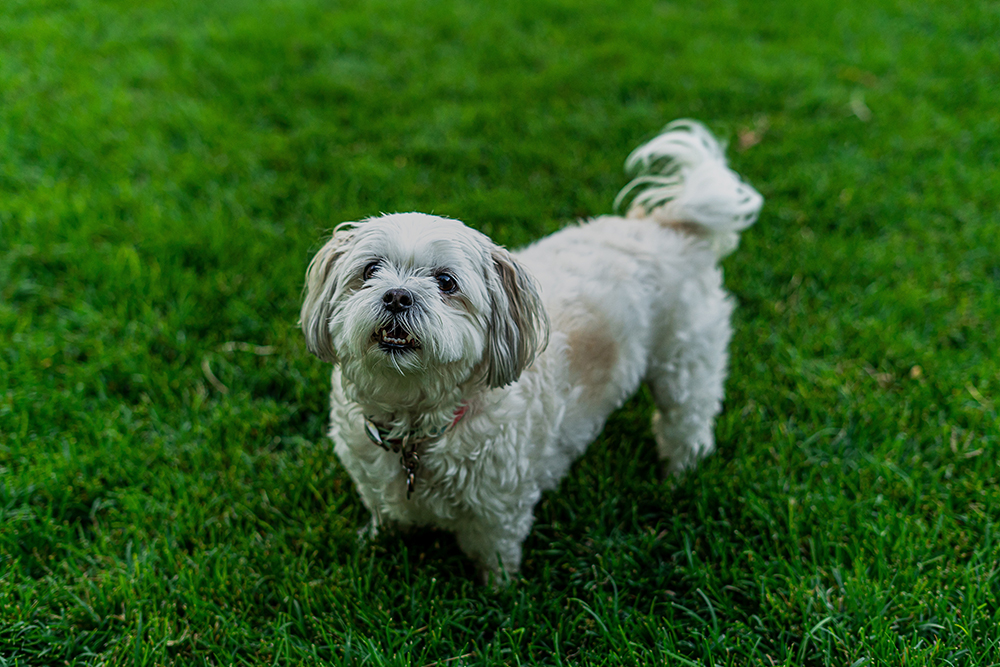
Domestic pets from dogs and cats to rabbits, along with wild animals such as foxes and badgers, there are plenty of willing culprits when it comes to urine-scorched lawns.
Here we look at the simple ways to deal with damaged lawns without harming any animals, domestic or wild.
How can I tell if my lawn is damaged by animal urine?
Depending on the health of your lawn, animal urine will reveal itself in different ways.
On a well-fed or new lawn, the nitrogen-rich urine is likely to result in dead patches of grass, with the blades appearing scorched.
However, on a lawn that's not a little older and under-fertilised, the nitrogen in the urine will boost lawn growth and result in dark green and faster-growing patches of lawn.
How to reduce the damage done by animal urine on your lawn
Cats and dogs typically return to the same aree on the lawn to urinate, so locating this spot and giving it a regular dousing with a hose or watering can will help to wash away or dilute nitrogen from the animal's urine.
The sex of your dog or cat will also make a difference to the likelihood of urine-damaged lawns.
Female dogs can cause more damage than males because they urinate in one concentrated patch whereas males spray urine over a wider space - so take this into account when attempting to dilute with water.
There are products that claim to lower the level of nitrogen in dog urine, but this could potentially result in nutritional issues for the animal, so is not a solution we'd promote.
Encouraging your pet to drink more water - either on its own or added to food - will help to dilute the nitrogen in your pet's urine.
How to repair urine-scorched patches on your lawn
TURF: If you're looking for a quick-fix solution, then patching the area with a piece of fresh turf is the answer. If you can find a hidden-away area in your garden to donate the turf, you can get an instant fix that is likely to blend well with the existing lawn. Alternatively, buying a roll or two of turf from your local garden centre will deal with the problem.
OVERSEEDING: If you prefer, overseeding offers another solution. Start by mixing grass seed with fine soil or peat.
Next, prepare the area to be patched by raking away the dead grass and roughing up the surface to help the seed meet the soil.
Next, add the seed mix to the area, water and cover with a patch of pegged black plastic - you can make this from a dustbin bag. This will help increase warmth and retain moisture - helping the seed to germinate.
When you see shoots starting to appear, remove the black plastic and allow the grass to grow as normal. Avoid mowing the patch until the blades of grass reach around 2-3 inches.